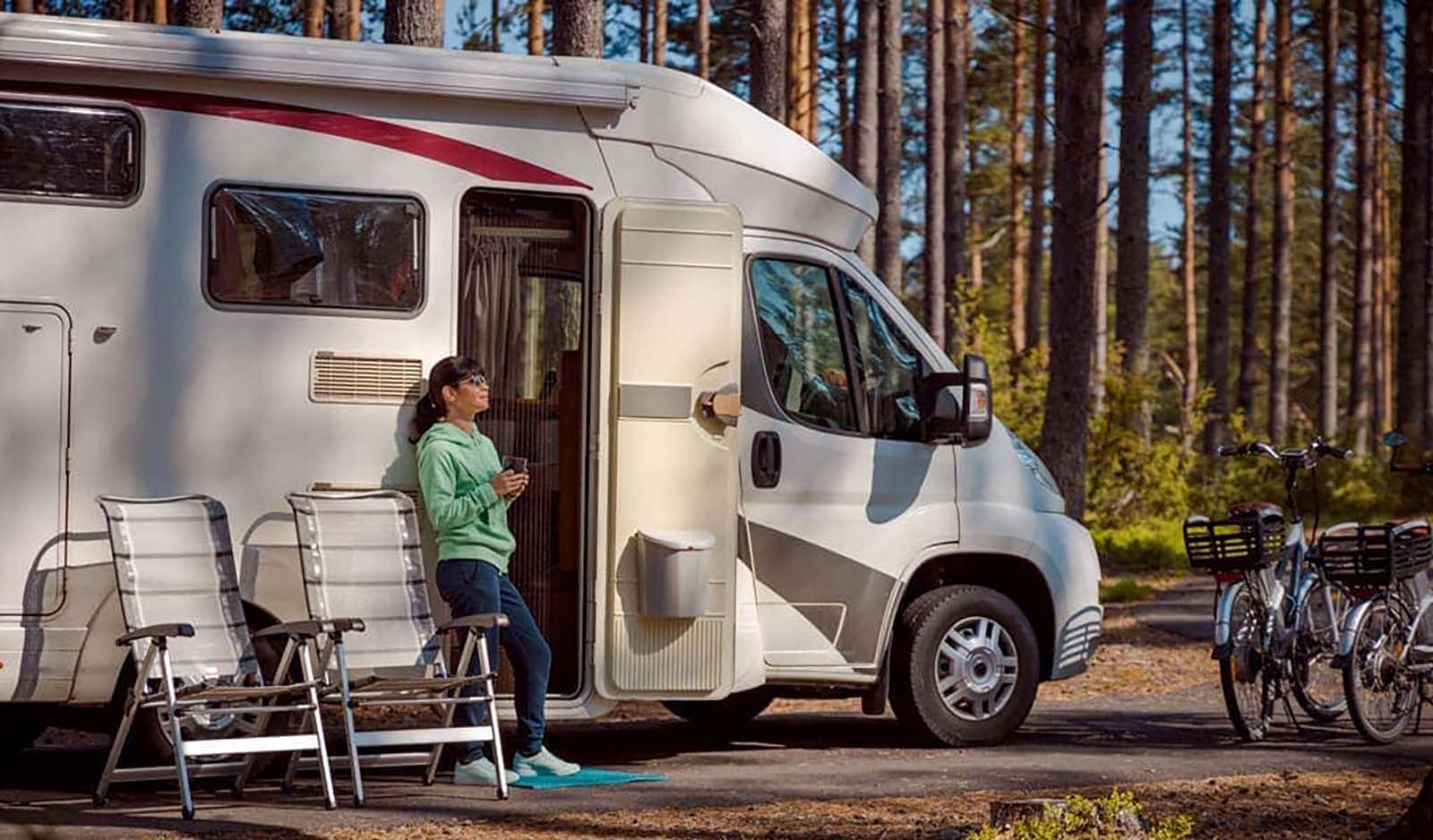Title: Proper Testing and Maintenance of Deep Cycle RV Batteries

Introduction: Deep cycle batteries are an essential component of your RV’s electrical system, providing power for various applications while on the road or during off-grid adventures. To ensure their optimal performance and longevity, regular testing and maintenance are crucial. In this article, we will discuss some effective techniques to test and maintain your deep cycle RV batteries.
H2: Testing Methods for Deep Cycle RV Batteries
1. Visual Inspection: A visual inspection allows you to identify any visible damages, leaks, or corrosion on the battery terminals or casing. Look for bulging or cracked cases, loose connections, or signs of electrolyte leakage. Address any visible issues promptly.

2. Voltage Testing: Measure the battery voltage with a multimeter or voltmeter to evaluate its state of charge. A fully charged deep cycle battery should read around 12.6 to 12.8 volts. Anything below 12.2 volts indicates a partially discharged or weak battery that may require recharging.
3. Load Testing: Load testing provides a more accurate evaluation of the battery’s actual capacity. It simulates real-world conditions by applying a controlled load while monitoring the voltage drop. Consult your battery manufacturer’s guidelines for specific load testing procedures.
H2: Battery Maintenance Tips for Optimal Performance

1. Regular Cleaning: Clean the battery terminals and cables using a mixture of baking soda and water to remove any corrosion or buildup. Rinse the area with clean water and make sure the terminals are dry before reinstalling the cables.
2. Proper Charging: Avoid deep discharges whenever possible, as they can shorten the battery’s lifespan. Use a battery charger specifically designed for deep cycle batteries with a smart charging feature that automatically adjusts the charging rate.
3. Equalization Charge: Perform an equalization charge periodically, according to the manufacturer’s recommendations. This process helps balance the battery cells’ voltage levels and remove sulfation, enhancing overall performance.
H3: Additional Tips for Battery Maintenance
1. Storing Batteries: If storing your RV for an extended period, fully charge the batteries and disconnect them to prevent self-discharge. Store them in a cool, dry place away from direct sunlight and extreme temperatures.
2. Insulation: Consider insulating the battery compartment to minimize temperature fluctuations. Extreme temperatures can adversely affect the battery’s performance and lifespan.
3. Water Levels: For flooded lead-acid batteries, regularly check and top-up the water levels with distilled or demineralized water to ensure proper electrolyte balance.
4. Protective Measures: Install a battery box or tray to secure the batteries and protect them from vibrating or shifting during travel. Additionally, use insulated battery terminal covers to prevent accidental short-circuits.
Conclusion: By following these testing and maintenance practices, you can maximize the lifespan and performance of your deep cycle RV batteries. Regular inspections, testing for voltage, load, and proper maintenance will ensure your batteries are always ready to power your adventures on the open road. Remember to consult your battery manufacturer’s guidelines for specific instructions tailored to your deep cycle batteries.

